Dara: An Ancient City Full of Wonders in Mardin, Türkiye
We investigated this magnificent historical asset, known as the trade center of Mesopotamia and home to the most important and oldest evidence of human history. If you are ready, we are going on a historical journey thousands of years ago
General information about the ancient city of Dara and its history.
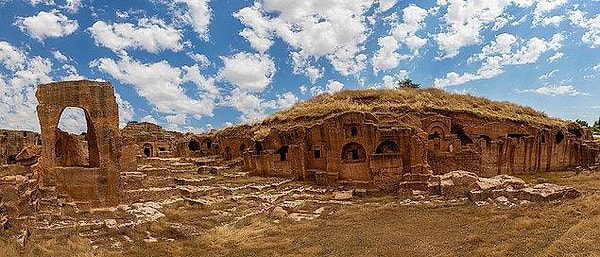
The ancient city is located in the village of Oğuz, 30 kilometers from Mardin. It is rumored to be named after the place where the Persian King Darius III (336-330 BC) lost his life in a battle against Alexander the Great (336-323 BC). The ancient city, known as the Ephesus of Anatolia, was built by the Roman Emperor Anastasius I (491-518) between 503-507 BC. For this reason, the first name given to the city was Anastasiopolis, and this name changed over time and took its current form. The city was built to defend against the Sassanids as it was surrounded by large and strong rocks.
Daraa chosen as a defense garrison
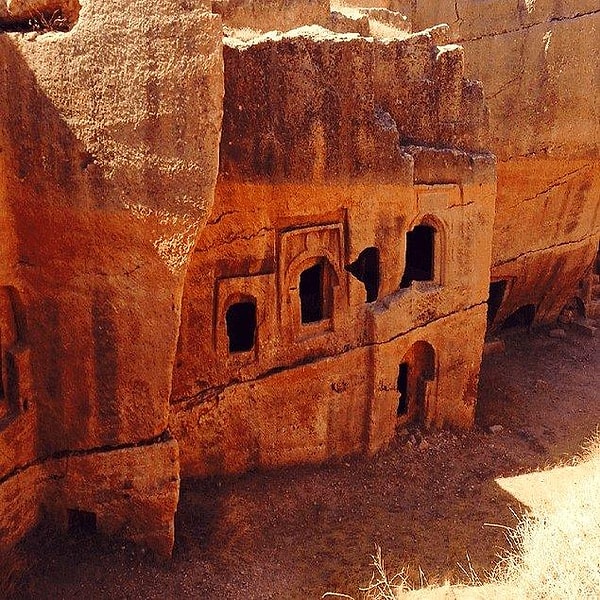
In the 4th century, Nusaybin, one of the important borders of Rome, is captured by the Sassanids. Anastasius I chooses Dara as a garrison city to increase the border security of the Eastern Roman Empire. The city, chosen for its strategic location, proximity to water resources and easy protection, becomes the administrative and governance center of the Mesopotamia region in time.
Dara has an important geographical location.

In addition, it has long functioned as an important settlement and trade center with trade routes extending from the Black Sea coast to the Caucasus and from the Persian Gulf to the Eastern Mediterranean. The city was under the rule of the Sassanid Empire between 573 - 591 AD and 606 - 620 AD, and the Eastern Roman Empire between 620 - 639 AD. The city, which hosted many states and nations over the years, was abandoned in the 14th century and turned into a small settlement. Excavations and research have been carried out in the ancient city of Dara since 1986 under the supervision of Mardin Museum and Prof. Dr. Metin Ahubay.
Architectural structures of the ancient city of Dara
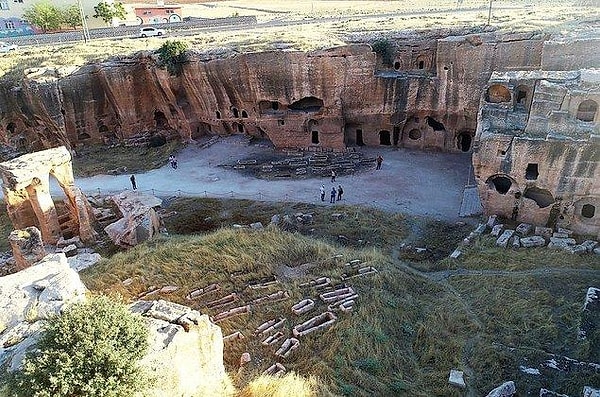
Surrounded by 4-meter walls, the city has two entrances, the North and South Gates. The city walls around the city, which were destroyed over time, can be partially seen today. There are churches, palaces, mosques, cisterns and bridges within the walls. On the hill north of the city, there is a 50 meter high inner castle. Also on this hill are the houses of the villagers who live there today. These houses were built with stone fragments of the city, making it more difficult to access historical information.
Structures such as churches and cellars carved into the rock have been largely destroyed today. However, it is possible to visit and see areas such as city walls, rock tombs and supply depots. In addition, stone bridges, underground settlements, cisterns and water channels have survived to the present day. We are sure that you will be surprised by everything you will see when you visit the Ancient City of Dara.
Here are a few of them:
Necropolis - Cemetery
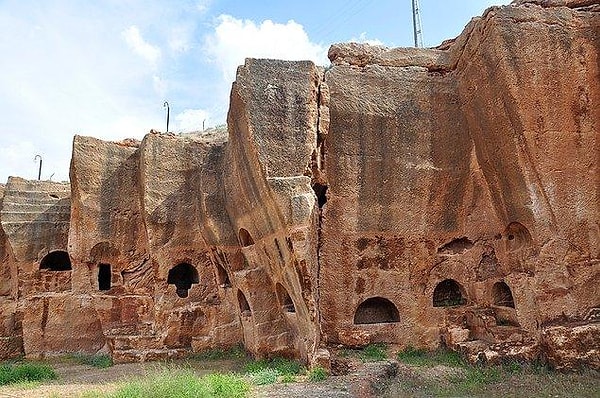
The Necropolis to the west of Dara consists of hills that were used as a quarry in the 6th century AD. The area, which was turned into a cemetery after being cut smoothly, was made by hand by carving natural rocks. The people, whose beliefs were Paganism, believed that their god Mitra was born from the rock. They buried them in rock tombs with the belief that their dead would also be reborn one day. There are 3 types of tombs among these structures: Rock tombs (6th - 8th century), sarcophagus tombs (6th - 8th century) and cist tombs (8th - 14th century).
Market place of the period: Agora Street

The street, made of large block stones, extends from the south to the north of the city and continues along the Dara Creek. The street, which is about 5.5 meters wide, is known as the bazaar part of the city at the time.
The Great Gallery Tomb with its stunning beauty

Carved into the bedrock, the Great Gallery Tomb has three floors in total. It is believed that the tomb was built in 573 as a dedication to the Eastern Roman people who were killed by the Sassanids. At the entrance of the tomb, Ezekiel (the pagan prophet who resurrected the dead) carved the scene of 'breathing into the souls and resurrection'. After the excavations, it is thought that hundreds of people on the lower floor of the building were also buried in this tomb for resurrection.
First dam work in Mesopotamia: Cisterns
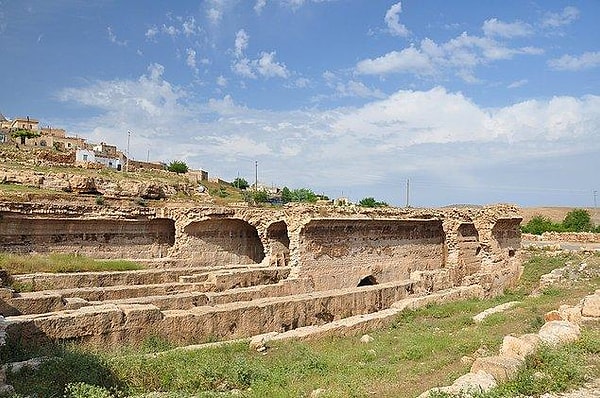
Another noteworthy issue is that the first dam in Mesopotamia was built in Dara. Cisterns, one of the most important defense tools of the city, met the city's water needs for years by storing water from the mountains. Thanks to the storable water supply, the city was able to resist sieges and wars for a long time. The cisterns were built in 2 different locations: The West 1 Cistern met the water needs of the city inside the city walls, while the West 2 Cistern was built outside the main walls to meet the needs of commercial caravans.
Strong even today: Bridges
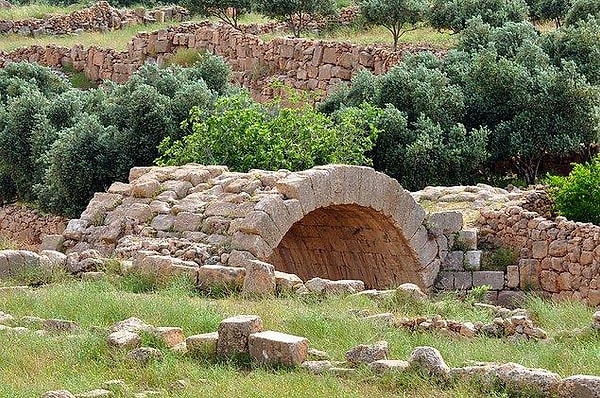
Today, there are 4 bridges crossing over the Dara Stream in the city. 3 of them are inside the city and 1 is outside the South Gate. The one in the southernmost part of the city walls is strong enough to be used today.
How to get to Dara Ancient City?
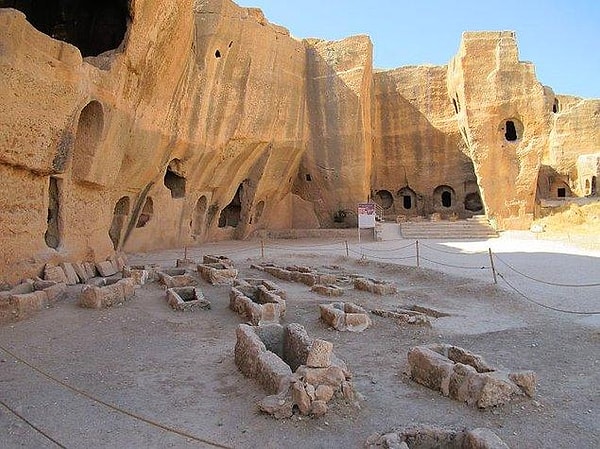
The ancient city is located 30 kilometers from Mardin, close to the Syrian border. The entrance to the city, which is recommended to be visited via Mardin, is free of charge. The city, which is closed on Mondays, can be visited between 08:30 and 18:00 in summer (April 1 - October 1) and between 08:00 and 17:00 in winter (October 1 - April 1).
Keşfet ile ziyaret ettiğin tüm kategorileri tek akışta gör!


Send Comment